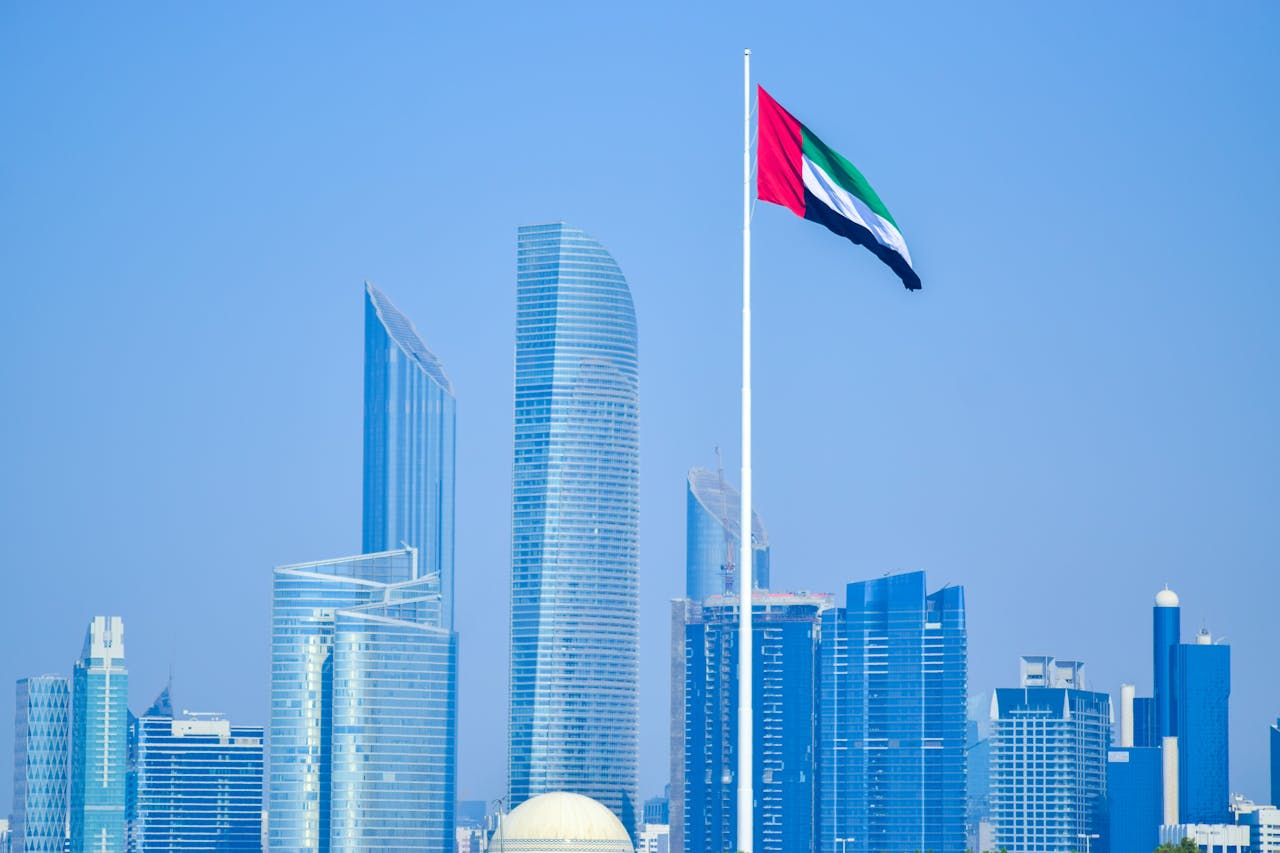Recently commencing in Dubai, the stakes for the annual United Nations climate change conference COP28 grow exponentially yearly. As the occurrence of extreme weather events increases in intensity and frequency, communities are suffering, and planetary boundaries are being tested. However, whilst each year brings us closer to climate collapse, each conference offers another shot at reversing such damage.
With some of the most high-level, influential policymakers and climate experts attending COP28, there is a tremendous opportunity to advance the critical role nature plays in combating climate change and implementing the Paris Agreement. As such, this article stands as an essential guide to COP28 – covering everything from context, why it matters, the key themes being covered at COP28, and how businesses can align their business efforts to contribute to such global climate goals.
What is COP28?
COP28 — also known as the ‘28th Conference of Parties’ — consists of countries (‘parties’) that signed up to the UN’s first climate treaty in 1992, pledging to tackle “dangerous interference with the climate”. This year’s conference runs from 30 November to 12 December in Dubai. The two-week event plays host to world leaders, activists, media, businesses and civilians, all with the common goal of limiting climate change. Among the summit’s 70,000 attendees are influential figures such as Rishi Sunak, King Charles III, Pope Francis and Bill Gates.
While the choice of the host country has been controversial — due to the largest source of the UAE’s wealth coming from burning fossil fuels — in the three decades since the Rio Summit and the launch of the United Nations Framework Convention on Climate Change (UNFCCC), COP has played a fundamental role in global climate efforts by annually convening member countries to determine ambition and responsibilities and identify and assess climate measures. For instance, the 21st edition of COP (COP21) led to the Paris Agreement, which mobilised global collective action to limit the global temperature increase to 1.5C above pre-industrial levels by 2100 and to act to adapt to the already existing effects of climate change.
The key focal points of COP28
Global stocktake
- For the first time, COP28 will be host to an assessment of countries' progress towards meeting the 2015 Paris Agreement's goal of limiting the global temperature rise to below 2 degrees Celsius - aiming for 1.5C.
- Countries will try to agree on a plan to get the world on track to meet climate goals, which could include urgent steps towards cutting CO2 emissions.
- As COP28 talks begin, countries are at odds over whether this exercise should put the onus on all countries or just the world's wealthiest countries to do so — as historically, they have released the most planet-warming emissions.
Mitigation - fossil fuels phase-out and global energy targets
- The toughest talks at COP28 may focus on the future role of fossil fuels, and whether countries should commit to start phasing out the use of CO2-emitting coal, oil and gas. Countries agreed at COP26 to phase down the use of coal, but they have never agreed to quit all fossil fuels - the main source of planet-warming emissions.
- The United States, European Union and many climate-vulnerable countries insist on a final COP28 deal that commits countries to phase out fossil fuels.
- While the UAE's incoming COP28 President Sultan al-Jaber has said the phase down of fossil fuels is ‘inevitable’, countries are waiting to see if the UAE will push other oil-rich nations to back the idea at COP28.
Increasing clean energy capacity
- Countries will consider setting goals to triple renewable energy capacity and to double energy savings by 2030 - a proposal made by the European Union, United States and the UAE's COP28 presidency. This looks set to win broad support, yet the EU and some climate-vulnerable countries insist on pairing this pledge to boost renewables with phasing out fossil fuels, setting up a clash.
Climate finance - loss and damage
- At COP28, countries will be tasked with setting up a "loss and damage" fund to help with this, which developing nations say should unlock at least $100 billion by 2030.
- Developing countries will need at least $200 billion every year by 2030 to adapt to worsening climate impacts like coastal sea rise or storms, according to the U.N.
- Additionally, they will need funding to help replace polluting energy with clean sources. There are also the costs of the damage already being caused by climate disasters.

What does a successful COP28 look like?
The more ambitious commitments and concrete actions to advance the implementation of climate targets will stand as key indicators of success, for instance:
- Global Stocktake: A successful COP28 would see countries show ambition and readiness to increase their commitment to their decarbonisation plans by 2030 following the GST.
- Mitigation - fossil fuels phase-out and global energy targets: A successful COP28 would see parties reach an agreement on the phase-out of unabated fossil fuels by a specific date, and developed nations supporting new global targets on renewables and energy efficiency with set financial commitments.
- Increasing clean energy capacity: Widespread agreement on setting goals to triple renewable energy capacity and to double energy savings by 2030 is fundamental to a successful COP28.
- Climate finance - loss and damage: Finally, a successful COP28 would see rich countries step up their efforts and reach $100 billion in climate finance as agreed upon in 2009.
Making an impact
Whether you can make it to COP28 or not, businesses now–more–than ever must take action to phase out fossil fuels, build climate-resilient workplaces & invest in climate solutions. Businesses that take action now via investing towards sustainable transformation will ultimately be able to align themselves with forthcoming policies, such as the Corporate Sustainability Reporting Directive (CSRD) which comes into play in 2024. Meanwhile, businesses that take action will mitigate immense financial risk by ensuring they are prepared to align with forthcoming sustainability policies and targets at a national and industry level.
It is essential that businesses:

Ultimately, businesses that utilise a comprehensive sustainability platform to collect, measure, reduce and report on emissions will effectively implement sustainability at the forefront of their strategy, and thus be able to gain a competitive advantage.
Download Plan A’s free whitepaper — a comprehensive guide for corporate leaders on decarbonisation.



.jpg)


.webp)


